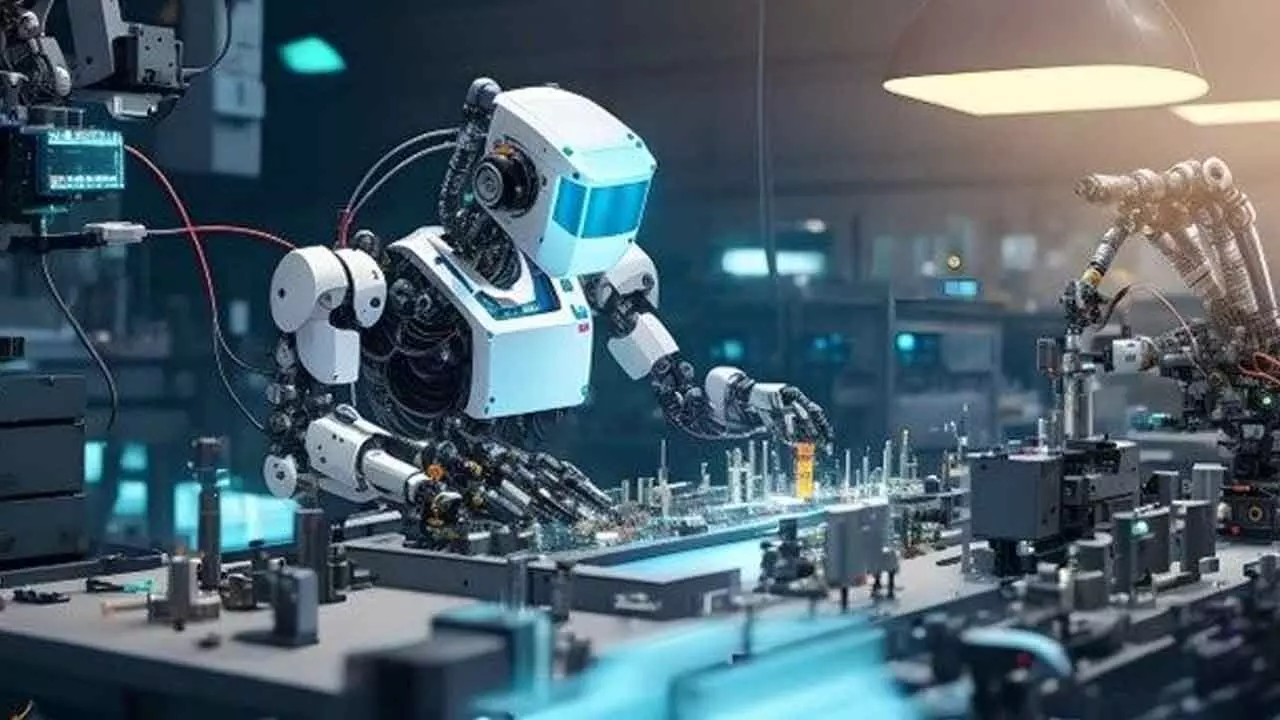Robotics & Automation: What To Expect In 2025
As we move forward, the integration of robotics and automation into our daily lives will continue to deepen, redefining efficiency, productivity, and sustainability
Robotics & Automation: What To Expect In 2025

The rise of humanoid robots with human-like interactions is imminent, with potential applications in caregiving and customer service
We are living in a transformative era where technology drives progress, reshaping the way we live, work, and connect. Among the most groundbreaking advancements are robotics and automation technologies that are redefining innovation, boosting efficiency, and mitigating risks like never before. While robotics and automation have been evolving for decades, their integration has unlocked possibilities previously out of reach. The convergence of producers and consumers is now achievable, enabling the creation of highly customized products at scale. Automation is becoming the backbone of production, seamlessly bridging manufacturing and service sectors. Below are some trends that are expected to shape the year 2025.
AI is the brain behind the bots
Robots are getting smarter, thanks to artificial intelligence. AI is enabling them to learn, adapt, and make decisions in real time. Whether it’s predictive maintenance in factories or personalized care in hospitals, AI is helping robots think on their feet and deliver results like never before.
Teamwork with collaborative robots (Cobots)
Cobots are changing the way we think about automation. These robots aren’t here to replace people—they’re here to work alongside them. They’re making tasks easier, whether it’s assembling products on a factory floor or helping healthcare workers care for patients.
Automation goes beyond the usual
It’s not just manufacturing and logistics anymore. Robots are stepping into classrooms to offer personalized learning, helping retailers manage inventory, and even optimizing renewable energy systems. New industries are discovering how robotics can make their operations smarter and faster.
Seeing the world through advanced sensors
With cutting-edge sensors and vision systems, robots are mastering tasks that demand precision. From autonomous cars navigating busy streets to robots identifying diseases through medical imaging, these technologies are giving robots eyes and brains to match.
Humanoids are on the rise
Modern humanoid robots are no longer a subject of science fiction movies and books. Lately, they are built to resemble natural intelligent beings and embody the ability to learn emotions and feasibly socialize. These robots are gradually entering sectors that require a human touch in their interactions, including care giving and customer relations.
Sustainability through automation
Sustainability is no longer a buzzword; it’s a necessity. Automation technologies will increasingly focus on reducing energy consumption, minimizing waste, and optimizing resource utilization. From solar panel manufacturing to recycling automation, robotics will play a key role in advancing green initiatives.
Adapting to the robotic future
As we look to 2025, the robotics and automation industry will not only continue to innovate but also integrate seamlessly into our daily lives and industries. From smarter robots to sustainable automation, this year holds tremendous potential for redefining efficiency, productivity, and sustainability. These technologies are not only about automating work—they are about how humans and machines can complement each other. It seems that 2025 will be the year of great advancements in robotics and automation.
(The author is Co-Founder & Chief Business Officer at Addverb)

